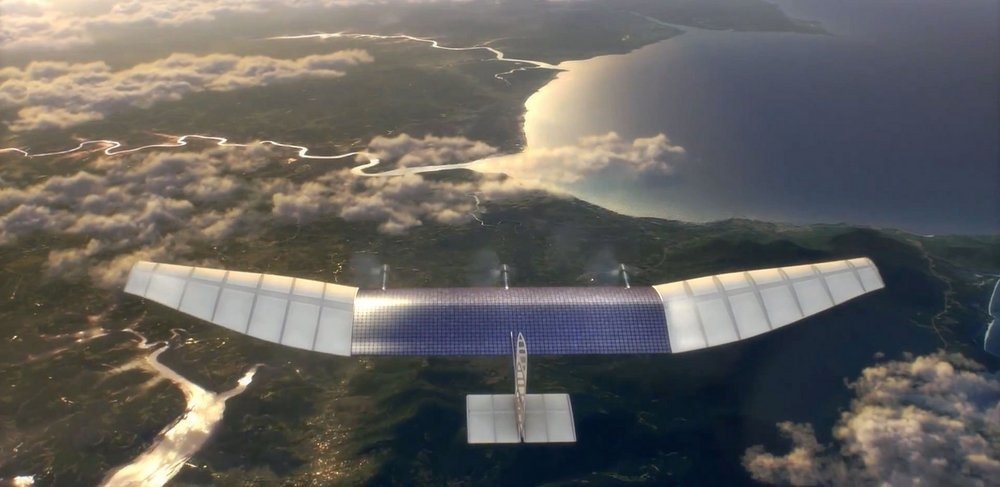Facebook May Soon Offer Internet Services in Rural Areas Through Solar-Powered Aquila; Will It Take off Unlike Project Loon?

Google’s Project Loon is an excellent idea bogged down by the rules and regulations in India. An ambitious project like this needs a clear vision and support from the Government, which it has not been able to get very well.
Facebook, the largest social media website, has decided to pursue the Government and the telcos to give flight to provide internet in remote areas in the country. This task will be accomplished by its solar-powered plane, called Aquila.
The main objective of this drone will be to provide last-mile infrastructure support to offer internet access in rural and remote areas. A statement by Facebook said, “Eventually, our goal is to have a fleet of Aquilas flying together at 60,000 feet, communicating with each other with lasers and staying aloft for months at a time — something that’s never been done before.”
What is Aquila and How Will it Help India?
Aquila is a solar-powered aircraft that has a wingspan of 141feet, wider than a Boeing 737, and the body of the plane is made of a carbon fiber composite so the whole thing weighs less than 1,000 pounds — or about the same as a grand piano.
The amount of energy Aquila collects from the sun during the day is enough to keep its propellers, communications payload, avionics, heaters and light systems running when it’s dark. That means using about 5,000W of power at cruising altitude, or about as much as three hairdryers.
Aquila is mostly self-sufficient, but it still relies on a ground crew of about a dozen engineers, pilots and technicians who direct, maintain and monitor the aircraft. They control the aircraft through software which allows them to determine heading, altitude and airspeed, or send Aquila on a GPS-based route. Takeoff and landing are automatic since a software can do that job the best.
Aquila flies at about 80mph, and that is why it is an extremely slow plane, in order to use the least amount of energy. Aquila will carry a communications payload that will use lasers to transfer data more than 10 times faster than existing systems. It will be able to aim its beams precisely enough to hit a dime more than 11 miles away while in motion.
The best part is, the internet speeds from Aquila and comparable to fibre networks, without actually having fibre. These beams can send internet signals in a radius of about 48 km. Aquila can also stay in the air for 90 days and since it is in the air, it can be shifted accordingly and easily.
How Will Telcos Benefit from This Technology?
At the moment when any company wants to setup an internet service, there has to be a fixed infrastructure in place to transmit the signals. However, in case of Aquila, there is nothing but a plane and signals receivers that can be used in rural and inaccessible areas.
Companies that do not want to invest heavily into far-off locations because of low demand can opt for Facebook’s solar-powered plane and offer last-mile connectivity to its customers.
Facebook is already in talks with some telcos to identify the formalities for kick starting the project in India. Even though the technology continues to improve and is in early stages, it is still very attractive to these companies.
Even if Aquilas are spread across cities, they will offer much better service as compared to the towers in these locations, freeing up space for other activities. Let us see if Airtel, Vodafone and Idea Cellular join hands to adopt this technology to take on Reliance Jio.
Source: ETtech
